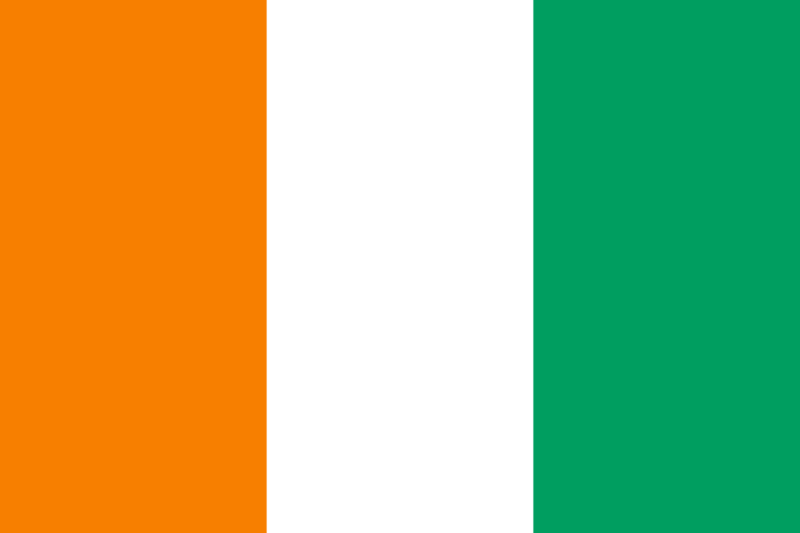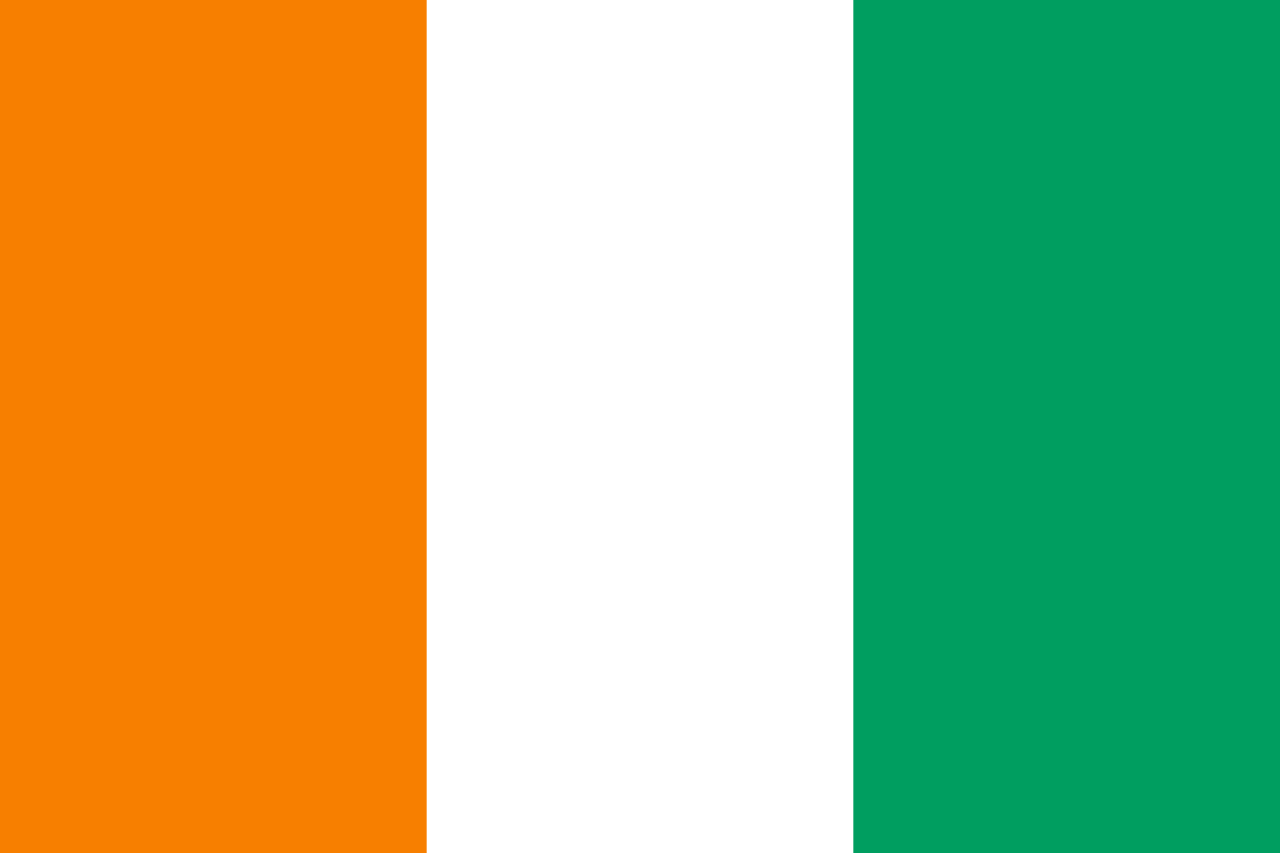Ivory Coast: Updated Risk Information [Reduction of Danger Level in Certain Areas]
Danger Levels and Points
Danger Levels:
– Level 3: Do not travel (Travel Advisory)
– Border areas with Mali and Burkina Faso, parts of the northeastern Comoé National Park, and some areas along the border with Ghana (continuing).
– Level 2: Avoid non-essential travel (continuing)
– Northern Donguéla, northern Savanes, Vallée du Bandama, and northern Zanzan regions (excluding Level 3 areas) and the border with Liberia (including Taï National Park).
– Level 1: Exercise caution (reduced)
– Areas south of northern Odienné, Bunjari, Korhogo, Ferkessedougou, and Dabakala, as well as eastern Bondoukou and the Montagnes region (excluding the border with Liberia and Taï National Park).
– Level 1: Exercise caution (continuing)
– All other areas.
Points:
– Armed group activities along the borders with Mali and Burkina Faso, and in some parts of Comoé National Park and the border with Ghana continue. Travel to these areas, regardless of purpose, is strongly advised against. The trend of armed groups moving southward may pose threats to areas south of Level 3 regions (Odienné, Bunjari, Korhogo, Ferkessedougou, and Dabakala).
– The western regions, including the border with Liberia and Taï National Park, are challenging for security authorities to monitor due to dense forests. Additionally, there are concerns about conflicts between local communities and immigrant communities from Burkina Faso.
– Improved road conditions in areas south of northern Odienné, Bunjari, Korhogo, Ferkessedougou, and Dabakala, and increased security measures including military and gendarmerie deployments, have stabilized the situation, leading to a reduction to Level 1.
– The eastern Montagnes region, including Man, has seen a reduction in tribal conflicts and improved road conditions, leading to a stabilization of security and a reduction to Level 1 (excluding the border with Liberia and Taï National Park).
1. Overview
– Armed groups continue to be active in border areas with Mali and Burkina Faso. Their activities extend into Comoé National Park and parts of the border with Ghana. It is particularly important to note that armed groups from Burkina Faso may be active within Comoé National Park.
– The western regions, including the border with Liberia and Taï National Park, are under strengthened surveillance but remain challenging due to dense forests and potential conflicts between local and immigrant communities.
– While there are no confirmed threats of terrorism or kidnapping targeting Japanese nationals or interests in Ivory Coast, it is important to be aware of the potential for such threats due to the activities of armed groups from neighboring countries. The situation should be closely monitored, and appropriate safety measures should be taken.
2. Regional Situations
– Border Areas with Mali and Burkina Faso, Northeast Comoé National Park, and Some Parts of the Border with Ghana
– Level 3: Do not travel (Travel Advisory) (continuing)
– Northern Donguéla, Northern Savanes, Vallée du Bandama, and Northern Zanzan Regions (excluding Level 3 areas) and the Border with Liberia (including Taï National Park)
– Level 2: Avoid non-essential travel (continuing)
– Southern Areas of Northern Odienné, Bunjari, Korhogo, Ferkessedougou, Dabakala, Eastern Bondoukou, and Montagnes Region (excluding the border with Liberia and Taï National Park)
– Level 1: Exercise caution (reduced)
– Other Areas
– Level 1: Exercise caution (continuing)
3. Safety Precautions
– Avoid walking as much as possible and use a trusted driver for transportation. Walking at night is particularly dangerous. Avoid flashy clothing and carrying conspicuous items. Always be vigilant, especially during the day, and ensure valuables are kept out of sight.
4. Neighboring Countries
– Be aware of the risk information issued for neighboring countries such as Liberia, Guinea, Mali, Burkina Faso, and Ghana.





Comment